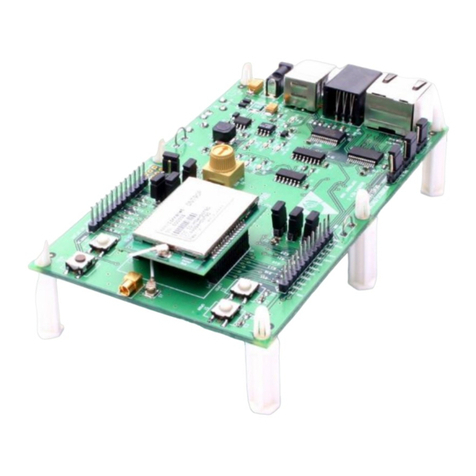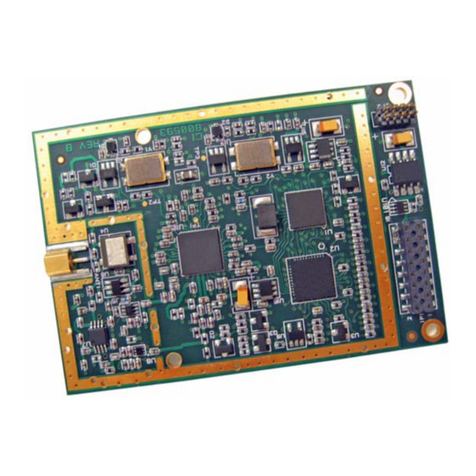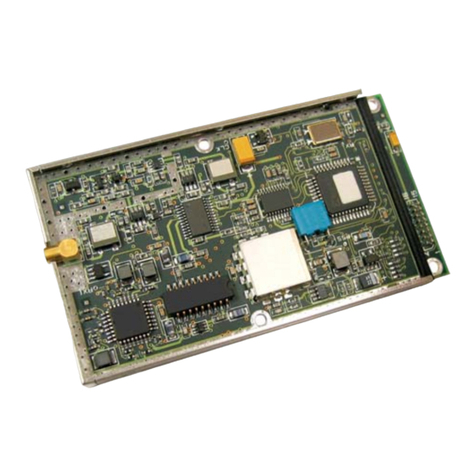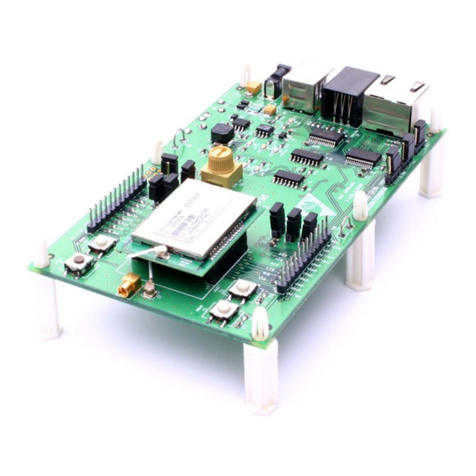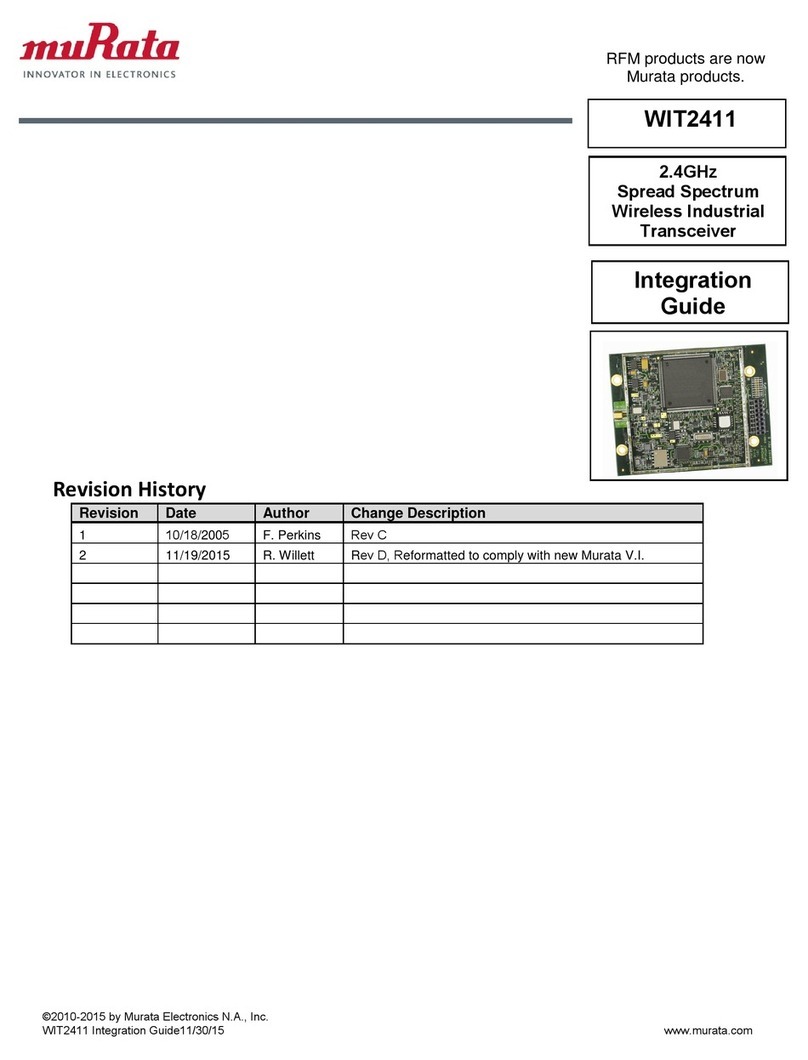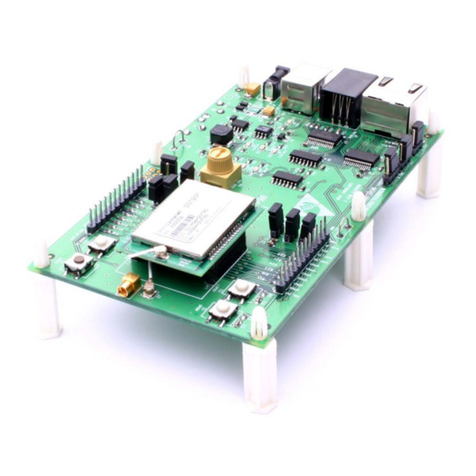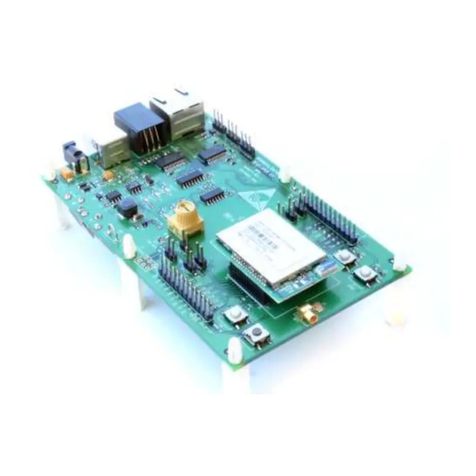
TABLE OF CONTENTS
1. INTRODUCTION ......................................................................................................................1
1.1 Why Spread Spectrum? ........................................................................................................1
1.2 Frequency Hopping vs. Direct Sequence..............................................................................2
2. RADIO OPERATION................................................................................................................4
2.1 Synchronization and Registration.........................................................................................4
2.2 Data Transmission ................................................................................................................5
2.2.1. Point-to-Point.............................................................................................................5
2.2.2. Point-to-Multipoint ....................................................................................................6
2.2.3. Handle Assignment....................................................................................................6
2.2.4. TDMA Operation........................................................................................................7
2.2.5. Full Duplex Communication......................................................................................9
2.2.6. Error-free Packet Transmission Using ARQ..............................................................9
2.3 Modes of Operation............................................................................................................10
2.3.1. Control and Data Modes ..........................................................................................10
2.3.2. Sleep Mode ..............................................................................................................10
2.3.3. Low Power Mode and Duty Cycling .......................................................................11
2.3.4. RF Flow Control Mode.............................................................................................11
3. PROTOCOL MODES ..............................................................................................................12
3.1.1. Data Packet ..............................................................................................................14
3.1.3. Connect Packet.........................................................................................................15
3.1.4. Disconnect Packet (base only, receive only) ..........................................................15
4. MODEM INTERFACE............................................................................................................16
4.1 Interfacing to 5-Volt Systems.............................................................................................17
4.2 Evaluation Unit and OEM Module Differences .................................................................17
4.3 Three Wire Operation.........................................................................................................17
4.4 Power-On Reset Requirements...........................................................................................18
4.6 Received Signal Strength Indicator ....................................................................................19
5. MODEM COMMANDS...........................................................................................................20
5.1 Serial Commands................................................................................................................20
5.2 Network Commands...........................................................................................................22
5.3 Protocol Commands............................................................................................................24
5.4 Status Commands ...............................................................................................................27
5.5 Memory Commands ...........................................................................................................28
5.6 Modem Command Summary..............................................................................................29
6. WIT910 DEVELOPER’S KIT .................................................................................................30
7. WinCOM...................................................................................................................................31
Starting the program ..................................................................................................................33
Function Keys............................................................................................................................36
WinCom Tools...........................................................................................................................37
©2010-2015 by Murata Electronics N.A., Inc.
WIT910 Integration guide (R) 05/14/15
